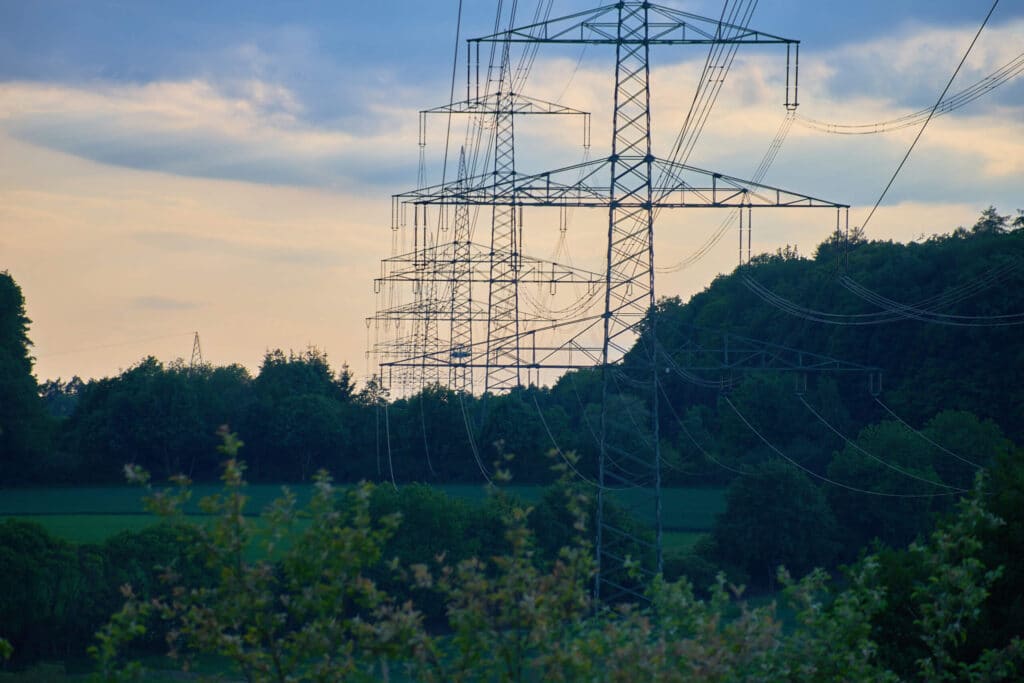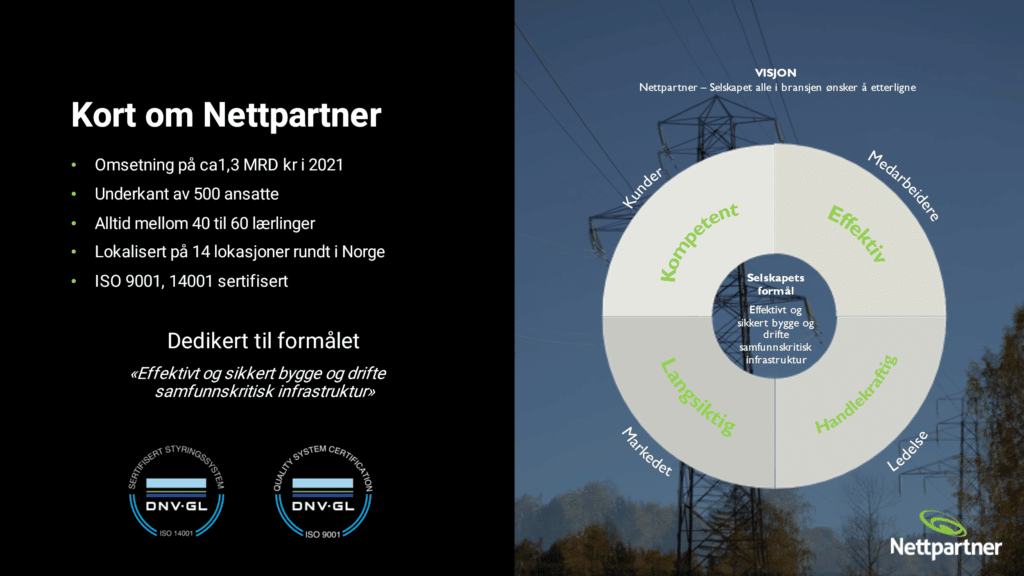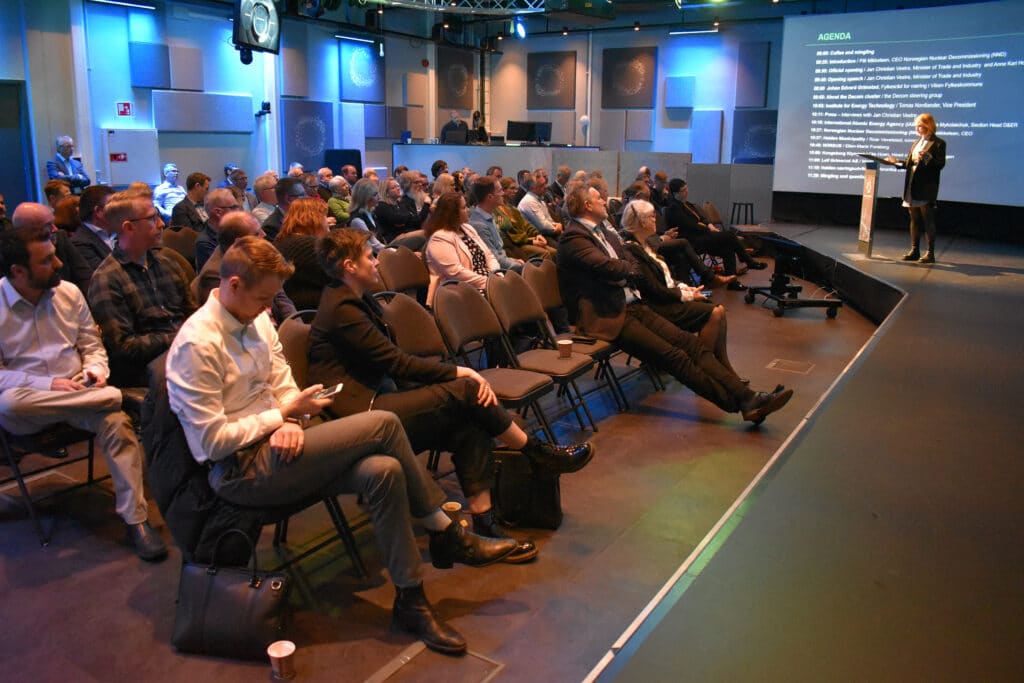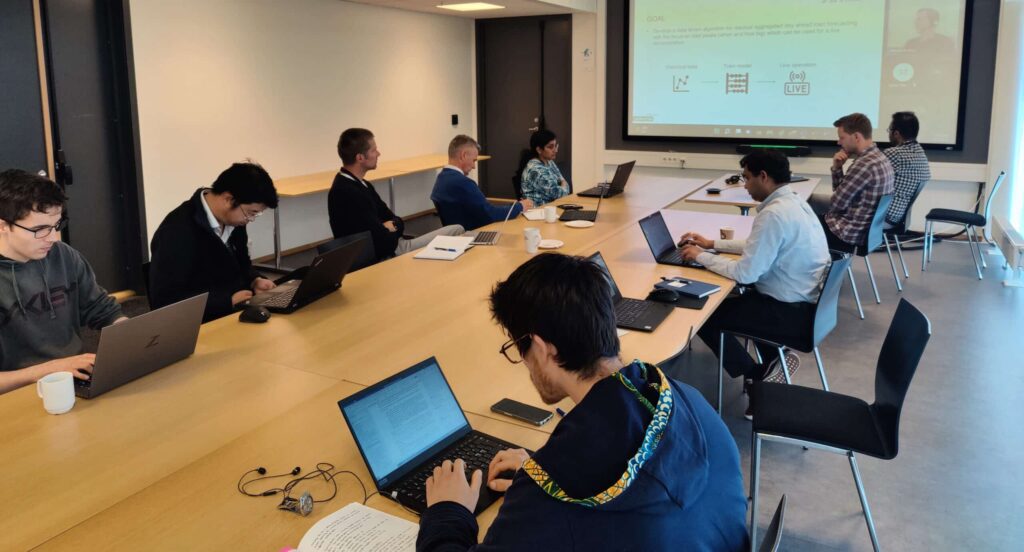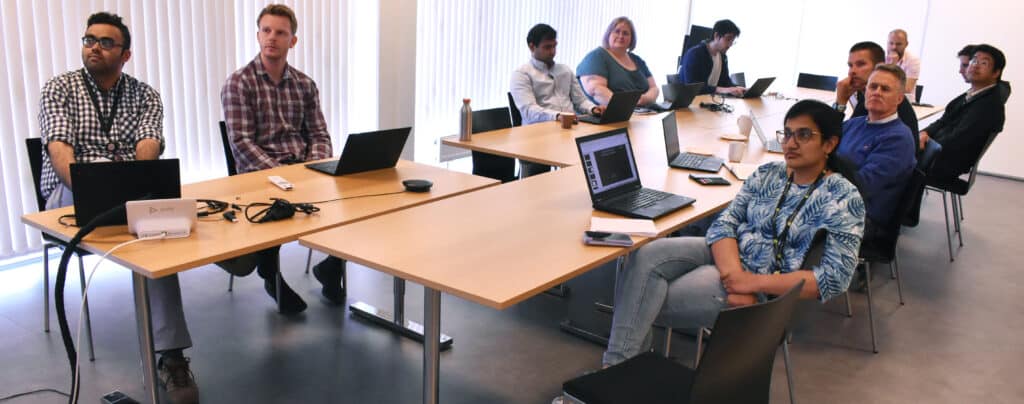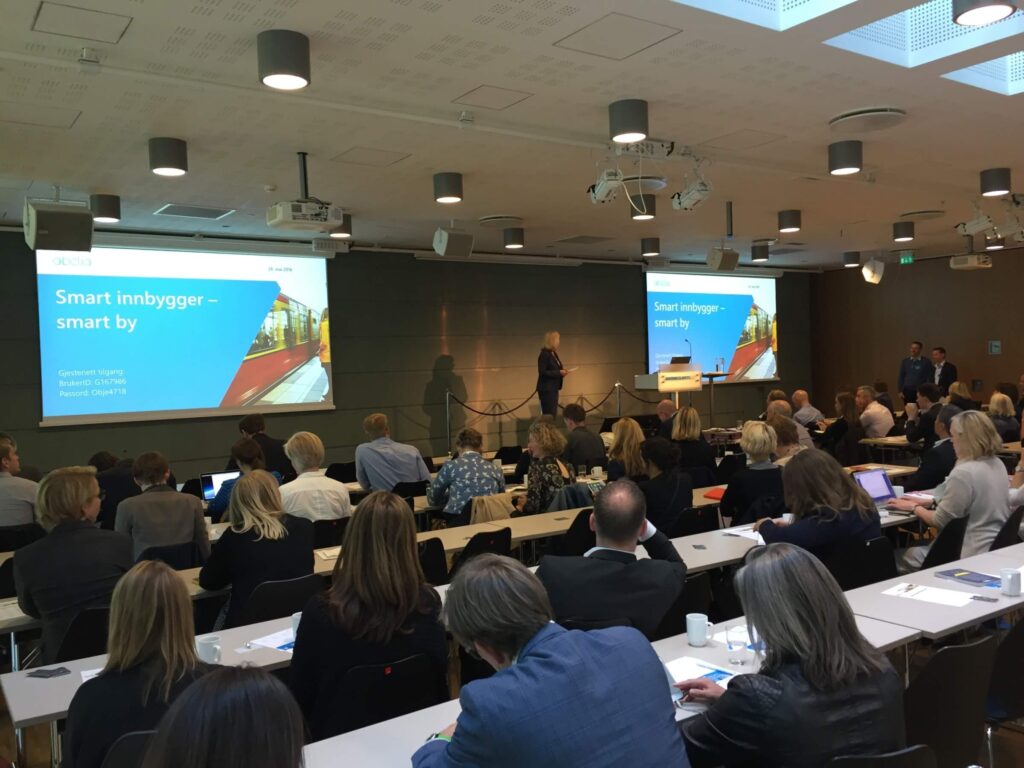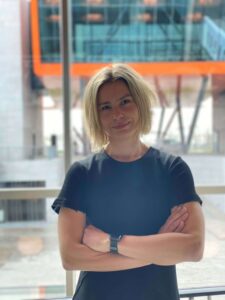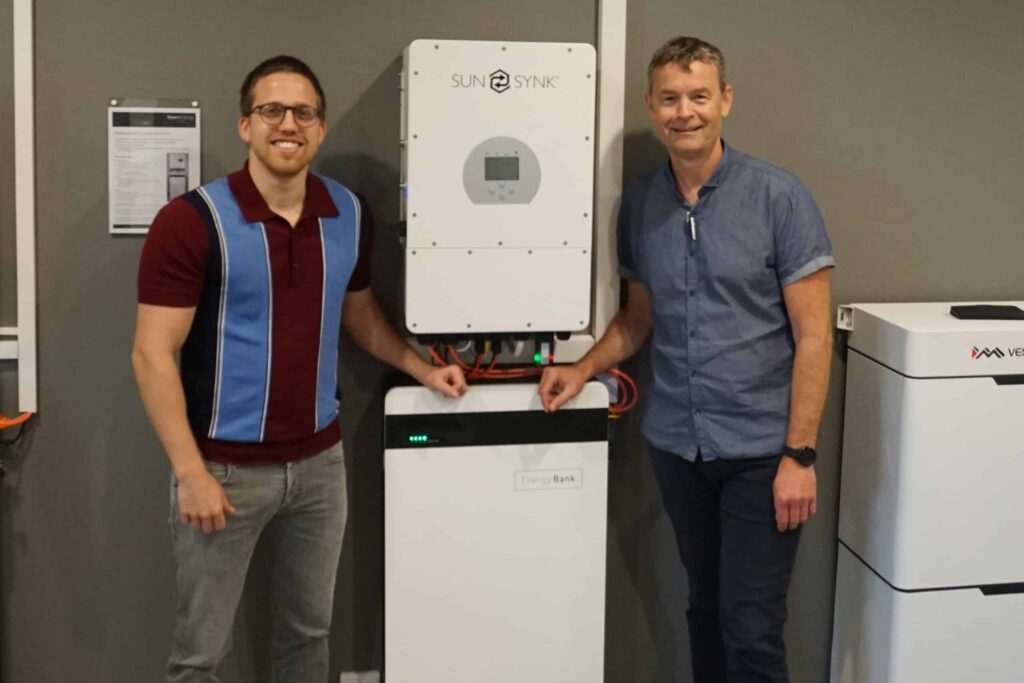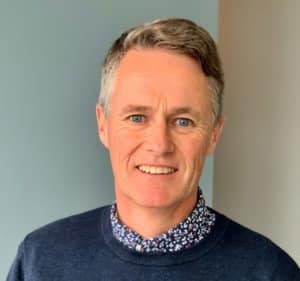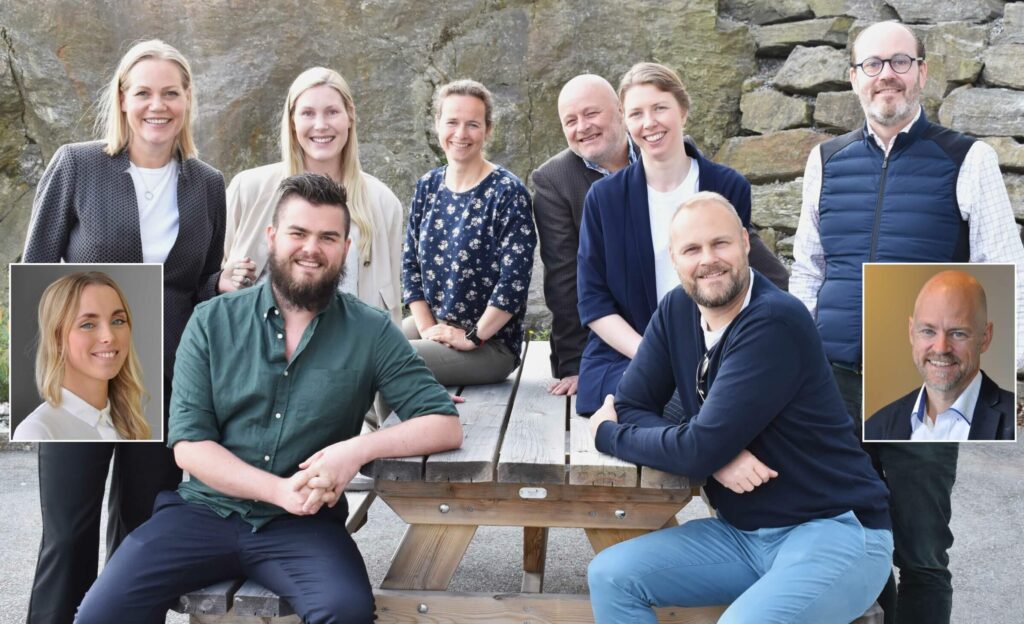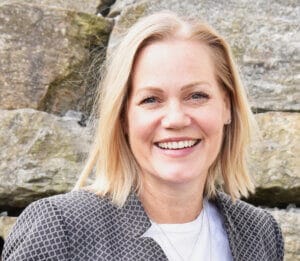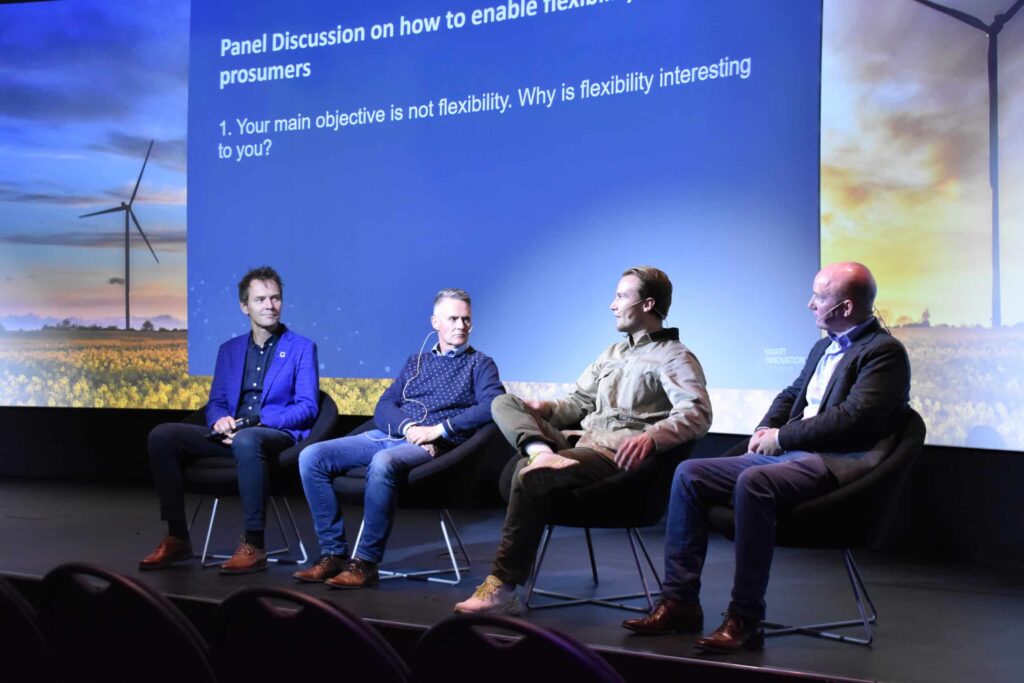
Being a work package leader of the FLEXGRID H2020 project, Smart Innovation Norway organized the workshop "Energy flexibility - from customer to market" where national and international research partners could share, establish new collaborations, and generate new projects.
As a coordinator and partner of multiple research projects on Energy flexibility, Smart Innovation Norway organized this workshop to showcase the different projects it is involved in and their potential synergies within the topic of Energy flexibility.
Flexibility is shifting electricity consumption or generation in response to an external signal (eg, payment) to provide a service to the electrical grid.
- Read more: Leading the way regarding energy flexibility
Share and discuss
- The workshop showcased examples of customers who are part of the Energy flexibility projects to enable an electricity system based on Renewable Energy Sources (RES). In such a system, flexibility from different sources can be leveraged to enable a pathway for the green transition. The workshop was of great value to share knowledge on offering flexibility and flexibility markets, says Farhan Farrukh , researcher at Smart Innovation Norway and workshop host.
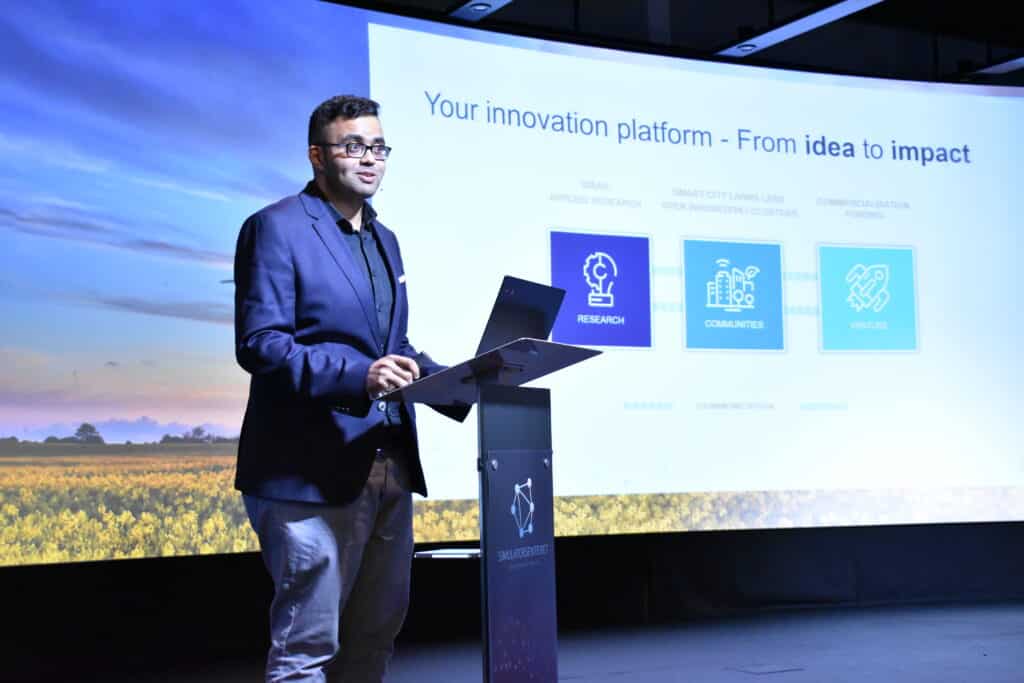
The goal was to share experiences related to flexibility markets, including business models for aggregators and the challenges and opportunities of providing flexibility as a resource. The latest market developments were discussed to share knowledge and approaches for entering the flexibility market. Use cases, challenges, and opportunities related to flexibility as a commercial product were the main topics of the webinar. It highlighted the challenges the participants are facing and how an adequate regulatory framework could help to improve the business cases for flexibility services provision.
The article continues after the video .
Session 1: Offering Flexibility
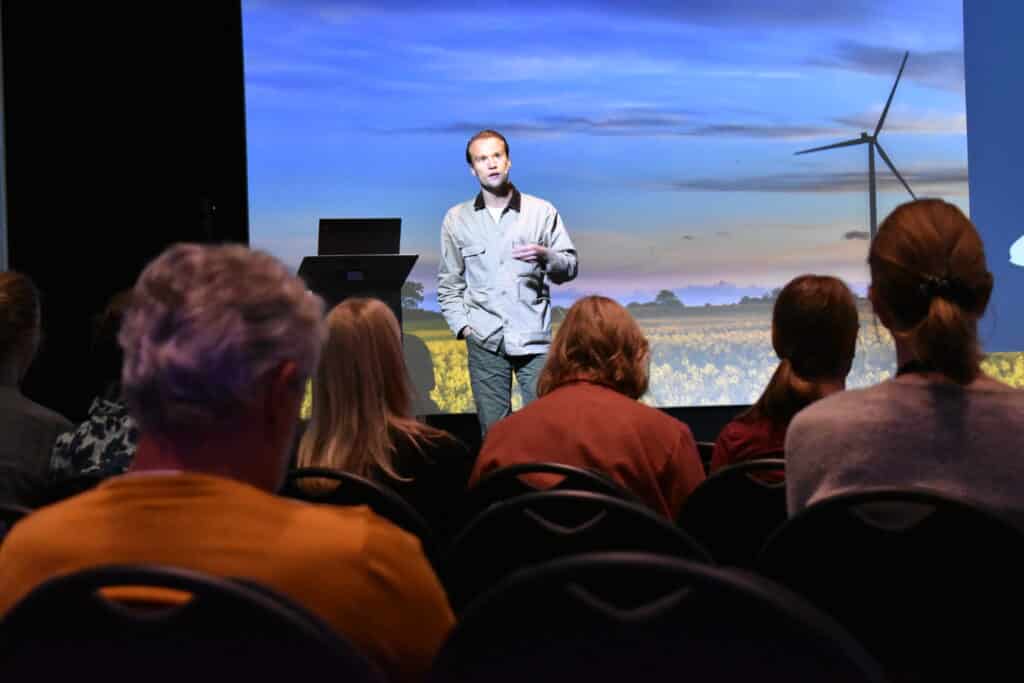
The workshop's first section began with Fridtjof Okkenhaug's (Product Manager Energy and Program Manager R&D, Futurehome) presentation of flexible consumption patterns as part of the HouseholdFlex project. He presented some difficulties in getting homeowners to participate in demand-side flexibility and how Futurehome developed its product while considering the spot price adjustments and grid tariffs.
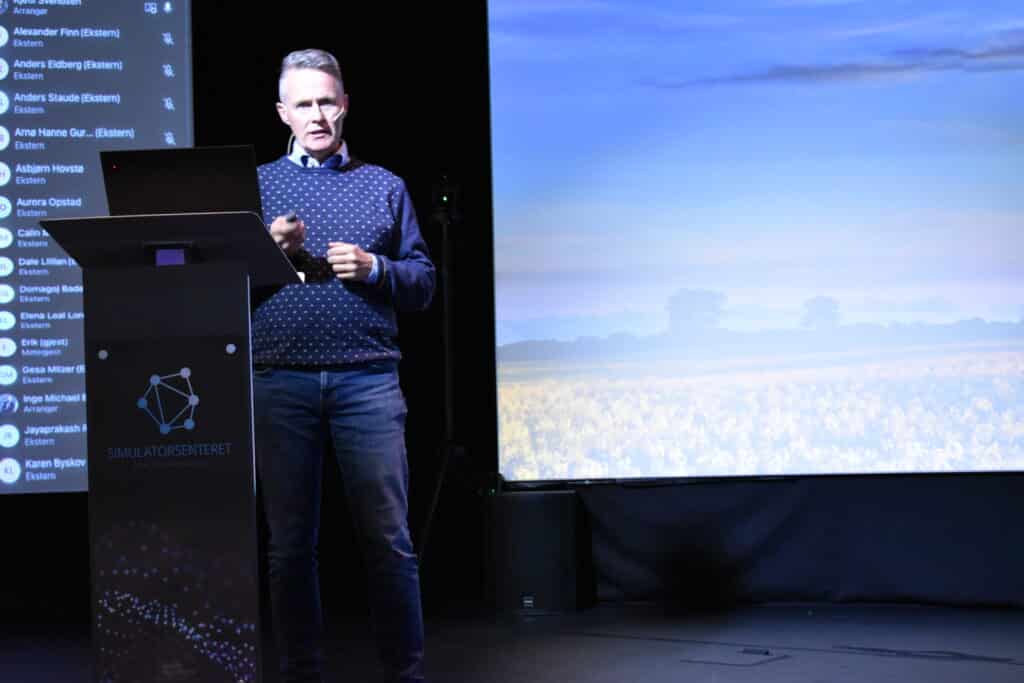
An interesting follow-up presentation from Stig Ødegaard Ottesen (Section Head Energy Market Research, Smart Innovation Norway) highlighted the unique practical details that need to be considered on large-scale electrification. He focused on how flexibility and business innovation can avoid unnecessary grid enforcements.
The presentation showcased several challenges ASKO (one of Norway's biggest fleet operators) is facing in their energy transition journey. By 2026, ASKO Vestby will electrify all 125 of its electric trucks. The distribution infrastructure may need to be strengthened, and additional grid connections may be necessary due to the significant rise in electricity demand. By the end of this year, ASKO aims to acquire 50 to 60 electric trucks for delivering food, which will double the demand for electricity needed for truck charging.
The presentation showed the project's concept idea developed in collaboration with other partners, where flexibility can be used as a resource compared to traditional grid upgrade solutions. There will be a combination of using the existing infrastructure, non-firm contracts, and flexibility solutions for ASKO's case of electrification.
Buildings' energy performance
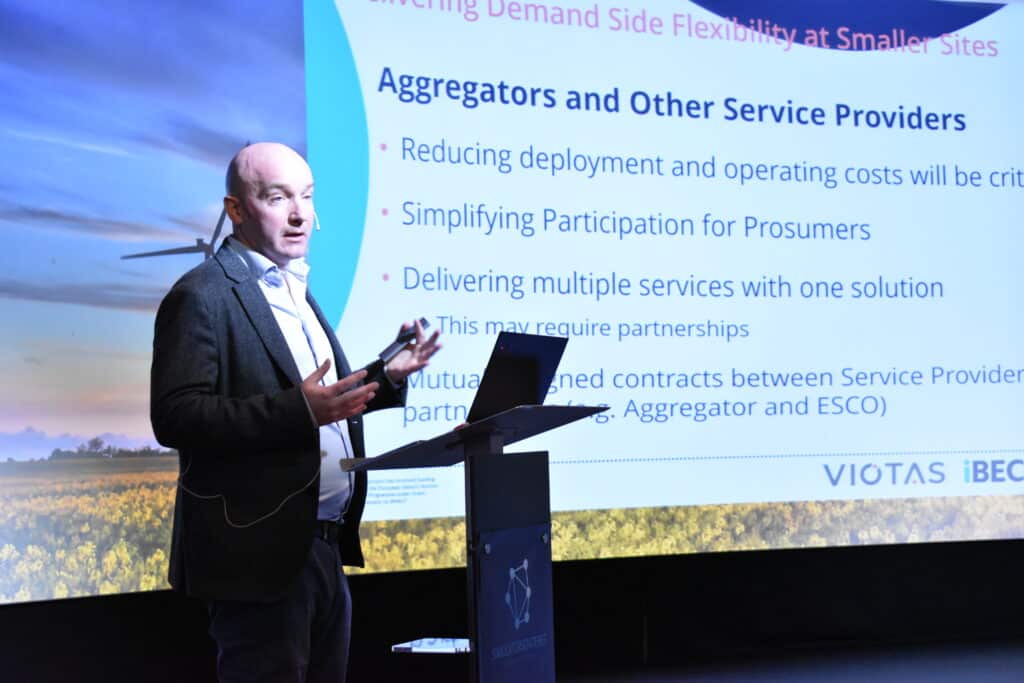
Finally, to close the session, an interesting presentation was made by another EU project, iBECOME. Dr Robert Flanagan (Director of Innovation at VIOTAS) showcased the demand-side flexibility aspects of the tertiary sector. 10 partners from 4 countries are involved in demonstrating a combination of novel technologies for optimizing buildings' energy performance and comfort conditions while reducing operational costs.
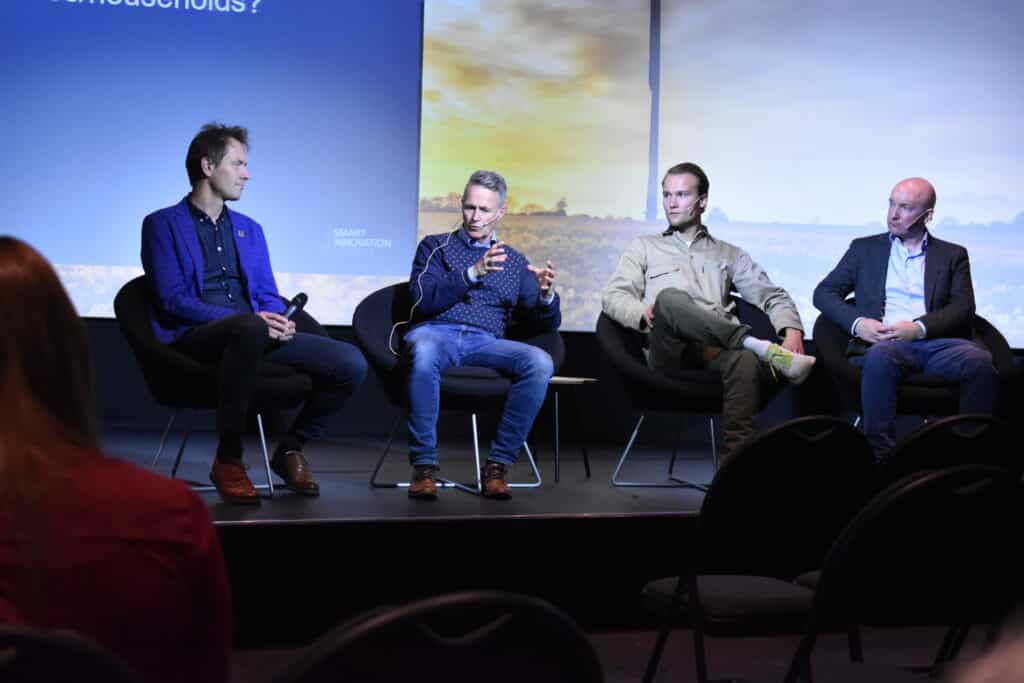
– The panel discussion at the end focused on the motivation of businesses looking to provide flexibility from prosumers. The panellist shared their opinions on i ) Why flexibility is interesting for households and industries? ii) How to unlock flexibility from different types of prosumers? And iii) which customers/assets have an unfulfilled potential for energy flexibility? says the Smart Innovation Norway researcher and workshop host, Farhan Farrukh.
Session 2: Flexibility markets
To start the session, an introduction about the FLEXGRID H2020 project was done as Farhan Farrukh presented the Automatic Trading Platform (ATP) and its services . As part of trends for the different flexibility solutions, an attractive presentation was shared by Morten Hagen (Head of Sales and Commercialisation, ENFO – part of Agder Energi) on EV charging in the flex market.
He deeply explained five distinct EV charging service models for housing associations and multiple-dwelling units, with pros and cons for each type. Morten also discussed how various suppliers of EV charging technologies might position themselves in the market as flexibility operators based on regulatory and technological factors. The presentation included ENFO's experiences working in the flexibility market for commercial purposes and their role in the HouseholdFlex project with Smart Innovation Norway.
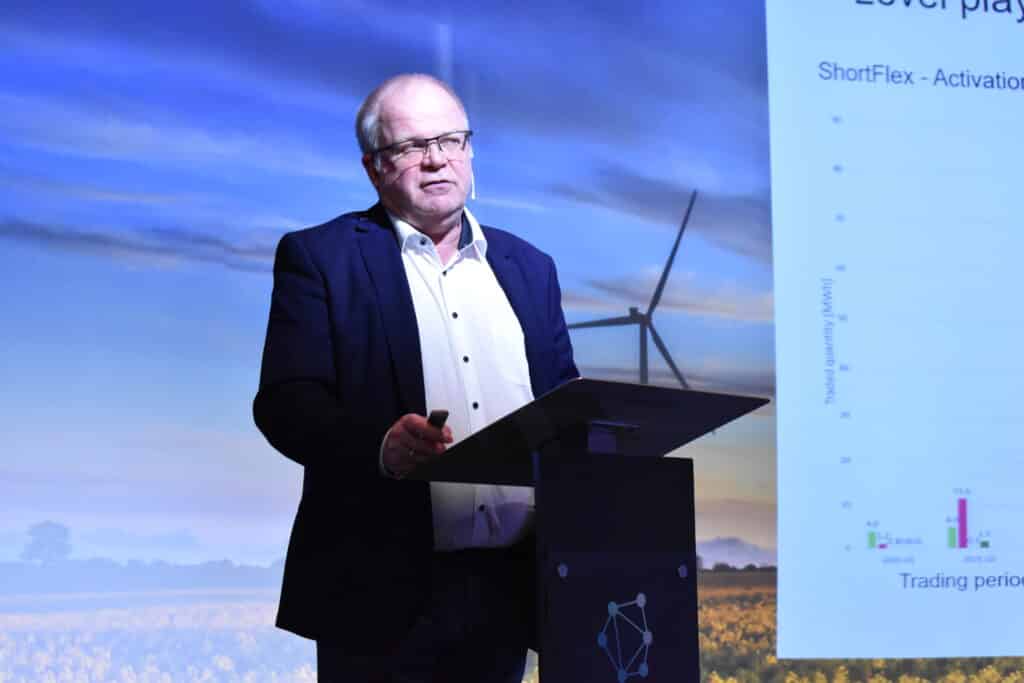
To bring the discussion towards a market side of the flexibility value chain, Hallstein Hagen (Senior Consultant) and Gesa Milzer (Project Manager) at NODES explained where NODES, as a market operator fits in the flexibility value chain.
They shared experiences from NODES demonstration and research projects as well as from the NODES platform and its use in the NorFlex project. The project results were described by NODES which covered issues such as the local, regional and national markets, TSO/DSO cooperation, and process automation. The main message was to increase market participation by several flexibility suppliers and buyers to enhance the learnings of participating in a flexibility market.
Regulations for energy
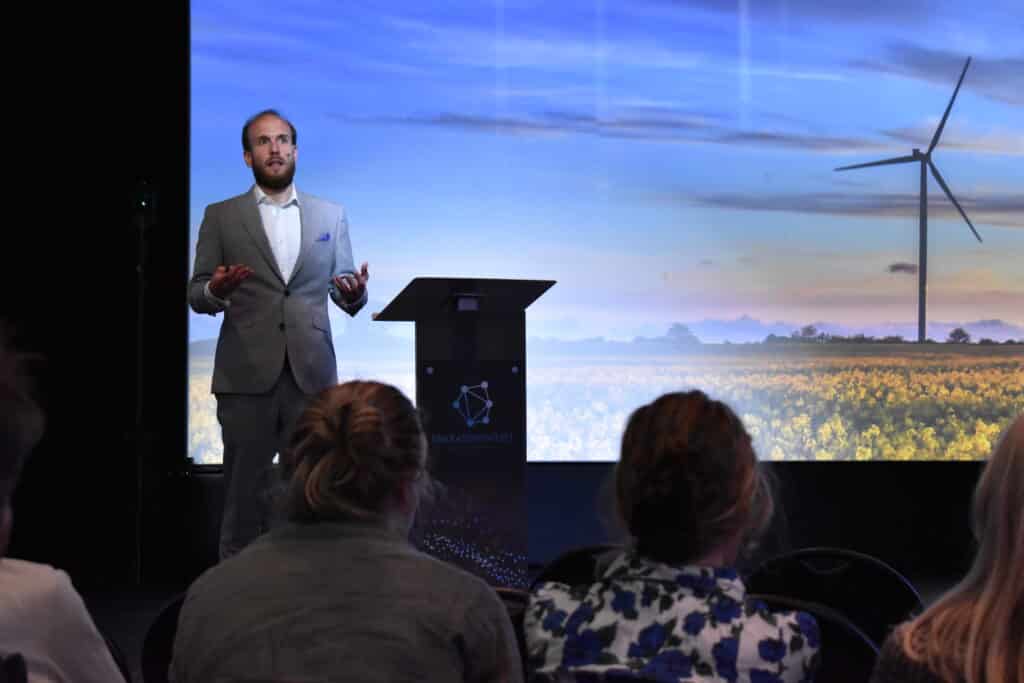
To close the discussion around the flexibility markets, Alexander Kellerer, adviser at the Norwegian Energy Regulatory Authority (NVE-RME), presented the existing and upcoming regulations for energy, the European Framework Guideline on Demand Response. How should DSO and TSO coordinate the interaction between wholesale and local markets? Alexander summarized the proposal by the Agency of Cooperation of the Electricity Regulators (ACER) with respect to the Framework Guideline on Demand Response. He presented the recommendations that have been put forward for enabling smaller assets to participate in commercial markets, along with outlining how the balancing markets are anticipated to change gradually in the coming years within the context of the Nordic Balancing market model. Alexander also reviewed some current obstacles to demand-side flexibility in the Nordic balancing markets.
Ending: Panel discussion
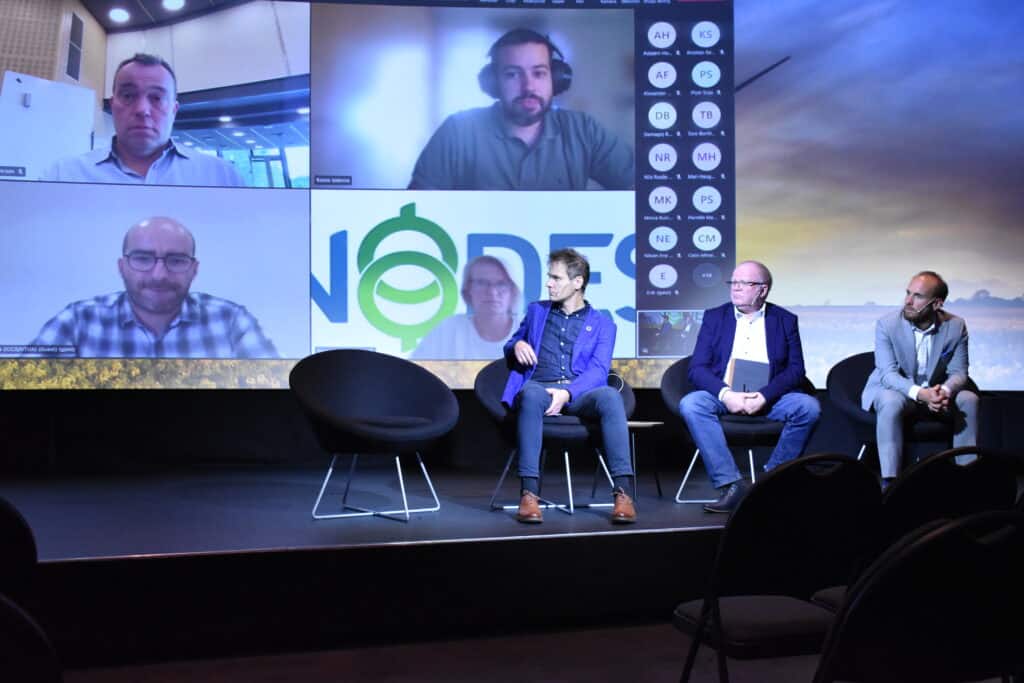
Finally, the panel discussion on standardization and policy aspects around flexibility markets was joined by FlexCommunity members, where Isidoros Kokos (R&D professional at Intracom Telecom) and Torben Bach Pedersen (Professor at Aalborg University and Co-founder & CSO of Flexshape) joined the discussion . The panel was facilitated by Dr Prodromos Makris (Senior Researcher at the National Technical University of Athens (NTUA)), and the Norwegian participants (ENFO, NODES, and NVE) joined the discussion to share their insights on the need for standardized vs non- standardized products for flexibility markets. The panel also highlighted the auction (pay as clear) vs continuous (pay as bid) markets in the flexibility platforms. According to the panellist, market manipulation is not a big challenge for the flexibility market today; instead, the main challenge is more participation of flexibility suppliers and buyers in the market.
The idea of the event was to share, communicate and disseminate knowledge and try to see what better we can do when it comes to offering flexibility and the role of the flexibility market.
- Connecting national and international projects like this is an essential part of Smart Innovation Norway's role, says Farrukh.
FLEXGRID Demo Day
The FLEXGRID project ends in September 2022, and the goal is to maximize the impact of project results on various actors in society. A final FLEXGRID event is planned for 26 September, which will focus on all the tools developed by the FLEXGRID project.
The final event will be both physically and online and open for everyone to join. To get the most out of the event, please reserve your physical seat in Halden and benefit from the opportunity of Smart
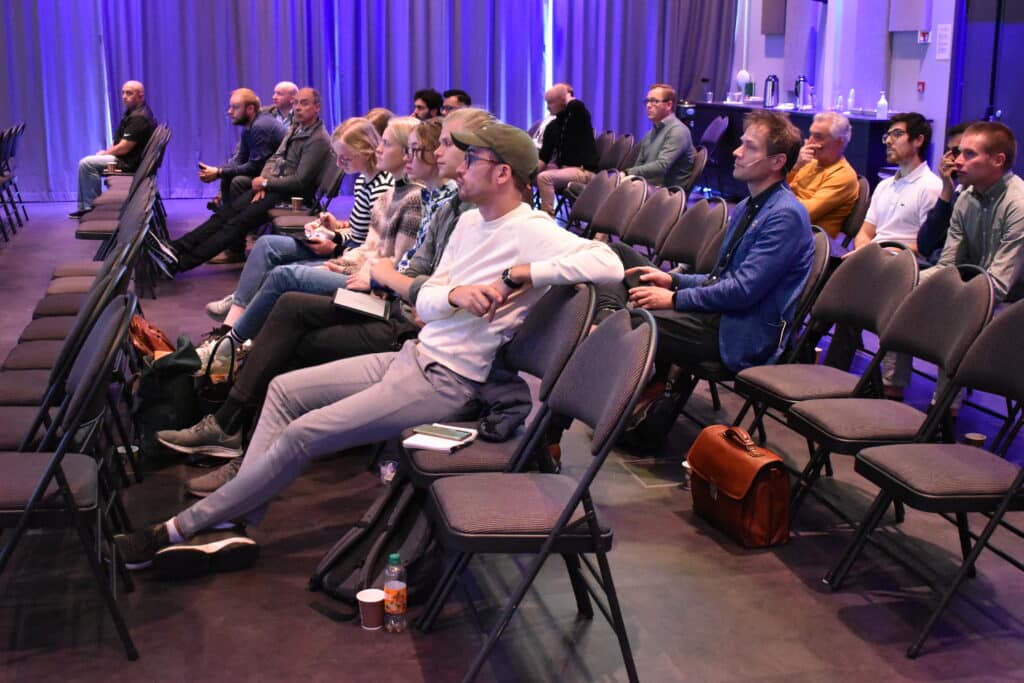
Here are the presentations from the webinar:

